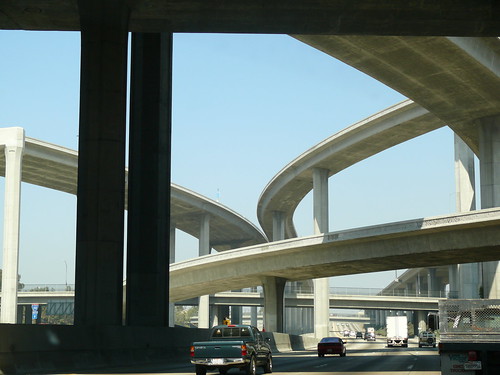Electric Car Infrastructure Trials: Some Progress, Long Road Ahead
(Source: earth2tech via Reuters)
Cities have thrown down the gauntlet for electric car charging in recent months, and utilities are increasingly eager to tout infrastructure efforts. Among automakers, the Renault-Nissan Alliance has been out in front working to coordinate governments, utilities and charge station companies to develop regional networks of hardware and services that drivers will need to make the automakers’ upcoming electric cars practical for daily use. But what steps follow a big partnership announcement, after a utility, a vendor or an automaker says it’s done a deal to ready the power grid for an EV rollout?
For at least one of the 26 partners that the Renault-Nissan Alliance has lined up so far — utility San Diego Gas & Electric — the vision for how to support plug-in vehicles at even a pilot scale is just beginning to take shape. In an interview last week, SDG&E’s Clean Transportation manager, Bill Zobel, gave us a glimpse of what the utility has accomplished so far, and what it has in the works.
At this point, Zobel said, the company is still in the process of assembling its internal team for the project. When that group is fully established next month, it will help develop milestones and oversee outreach to customers and “integration across the broader utility.” By September, SDG&E aims to have commitments from fleet operators in the San Diego area to trial at least 100 electric cars coming from Nissan next year. Zobel said the University of California, San Diego is “ecstatic” about the program. The city and county of San Diego, several nearby cities and the U.S. military may also sign up to try the vehicles. SDG&E plans to have at least 15 of the cars in its own fleet.
For the long term, SDG&E is thinking about how to educate EV buyers about “circuitry, wiring and permitting requirements,” and other aspects of EV ownership. Typically when you buy a car now, Zobel said, “there’s instant gratification.” Put your money down, and you have a vehicle that you can refuel at any gas station. Pretty soon, however, the utility, car dealers, the local government and drivers will need to “understand the requirements for an owner walking off the lot with a plug-in car.” When electric cars hit California in the 1990s with GM’s now famously “killed” EV1, that understanding was missing, Zobel said. “We’ll be much more prepared than we were last time.”












